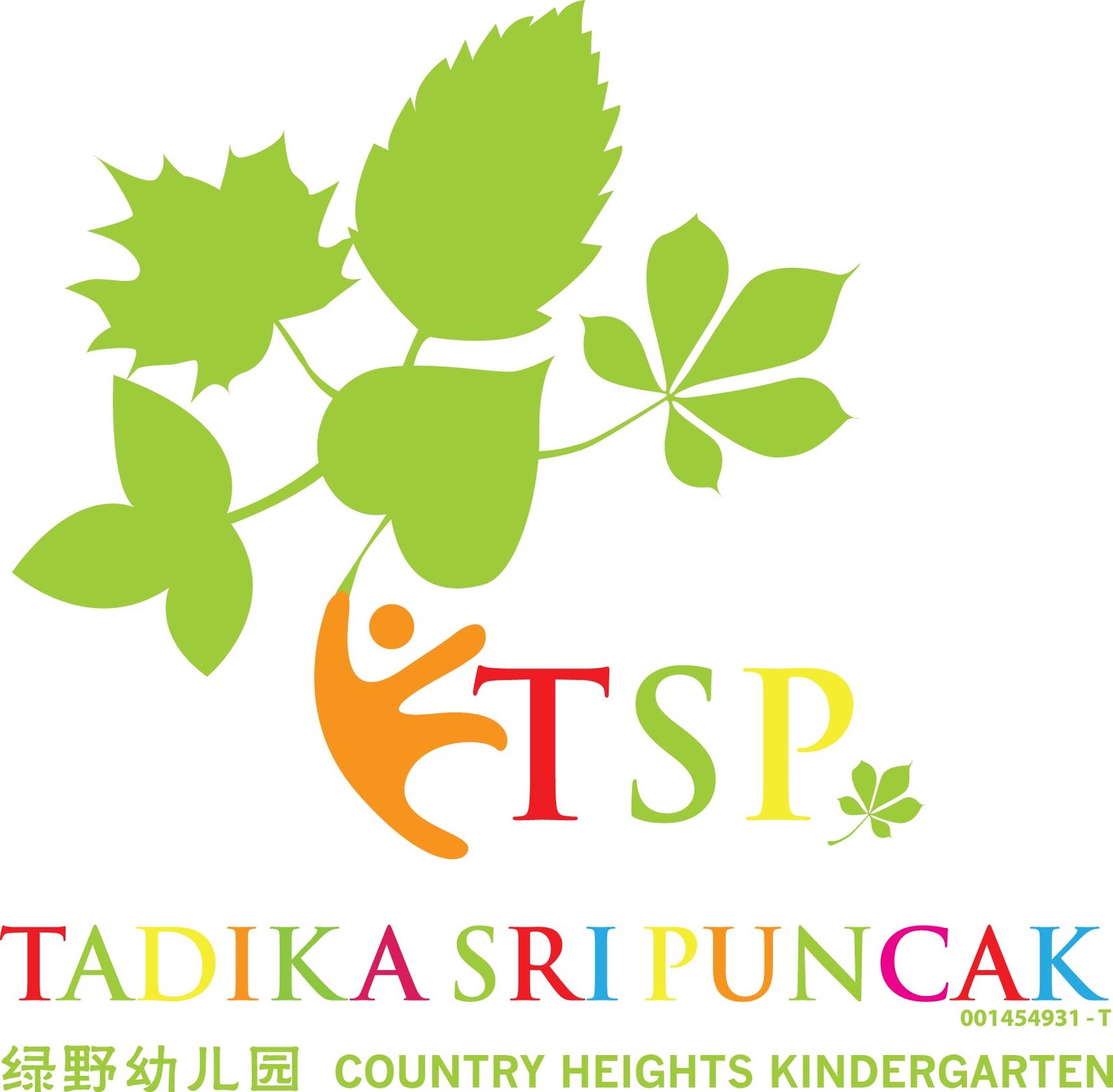
by Sophie Lee 李淑儀 | Aug 7, 2017 | Montessori 101
Written By Jess Liew
Knobbed Cylinders, a Montessori sensorial material that helps a child to cultivate a sense of order, self correction and refine the pincer grasp.
This child is placing a matching cylinder into the hole of the block, then he would pick up another matching cylinder from another desk based on his visual perception to fit it on the block.
This simple “What the eyes see and the hands feel” exercise often draws children’s intense concentration when they repeat the exercise over and over again. By the time they master the ability to achieve better “right first time”, you’ll notice their improvements on sense of order, hands-eyes coordination, sense of order and longer attention span.
这项感官教具中的记忆活动,扮演着重要的角色,这有助于让孩子通过对教具的探索,让敏锐的感官抓住敏感期,事半功倍的掌握让自己的感官精锐化的能力。
这小孩将一支小棒子放在带插座圆柱体的其中一个空格内,再到另一个距离较远的桌子,透过眼力判断,正确的拿到一个刚好可以放到空格的圆柱体。
这个学习过程,让孩子通过不断的努力,精致化自己的感官吸收能力,进而让自己的感官更为敏锐。
Visit TSP Blog to find out more
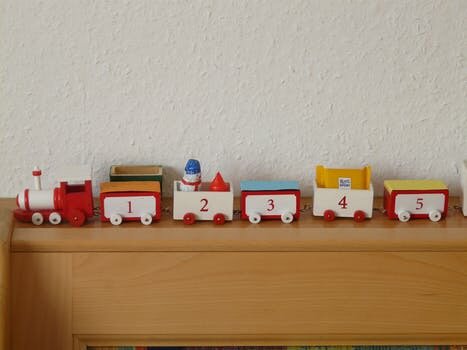
by Sophie Lee 李淑儀 | Aug 7, 2017 | Parenting
Before you read on this blog post, take a moment to ask yourself – how prepared is your child to face tomorrow’s world?
We were all educated in a school system that believed the world would remain basically the same, with small changes here and there. We learned knowledge, sat in exams after exams, and trained with skill set that may not have prepared us well enough to adapt to the era of technology.
And that’s fine, because we had no idea what the world had in store for us. Sometimes I ask myself, what would I do differently if I didn’t have to spend so much time and energy to sit in exams? What should I learn to adapt, deal with changes, to be prepared for anything but not learning anything specific?
As an educator and a mother of two, I believe that if our children are equipped with these essential skills, our children will be strong individuals to welcome tomorrow’s never stop changing world.
Being passionate about life,Curious and eager to learn, unlearn and relearn.
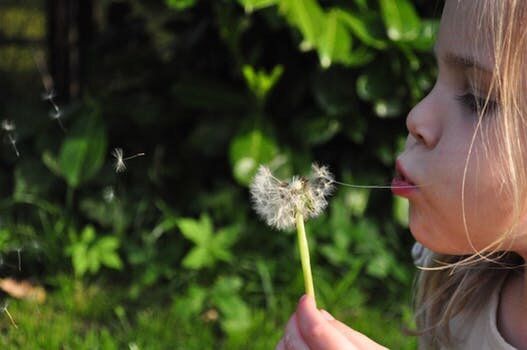
Be brave to step out of comfort zone to learn new knowledge, skill set to do extraordinary things in life.
Courage

Be brave to face own fears and persevere to achieve goals. It is an ability to feeling fear yet choose to act; persevering in the face of adversity; standing up for what’s right; learn, unlearn and relearn to stay current and get ahead.
Compassion

Despite popular belief that happiness depends solely on you, the way to achieve it may not lie just within yourself, but in your relationships and interactions with others. We all think we want to be loved, but what actually feels good to us is feeling loving — and part of what makes us feel more love for other people is doing kind, compassionate things for them.
Let’s do some reflection:
Competence and attitude, which is more important to lead to happiness in life?
Are your children achieving good academic results at the expense of their opportunities to practice and learn these essential skills?
Remember, Life is a marathon, not a sprint. Your children’s happiness and success should not be judged by how early he can name all the countries in the world, but what difference can he make for the world.
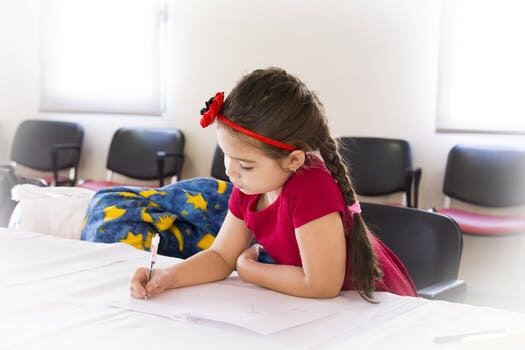
我们当前的教育制度,花费了很多的时间和精力,考核学生对知识的掌握——而不是真正的能力的提升!
那么什么样的能力是值得我们去重视并培养的呢?
三种值得培养的能力是
一:对生活热情,具强烈好奇心
具有强烈的欲望去探索世界上有趣的人、事、物。所应具备的工具是阅读能力及终身学习热诚。
二:克服困难、坚持到底的精神
对自己想要达成的目标,想要做的事情坚持到底的去完成。
三:和谐的人际关系、高尚的品格
当妻子丈夫的同心同德,朋友之间的互相理解和支持,工作伙伴的团队协作,这是一个人能成就事业,得到幸福感的重要来源。高尚的品格如友爱、互助,同理心等培养。做个有社会情怀并具美好品格的人。
当有了这些美德,孩子会自动去做那些大格局、大担当的事情。
如果你的孩子保有好奇心,对克服困难坚持到底的好人缘、好性格以及美好的品格,那么你根本无须忧虑你的孩子将来会过不好。
反之,如果孩子的成绩很好,或孩子的成绩通过提前学、大量练习能够很好,但这些行为伤害了好奇心,伤害了和谐的人际关系,伤害了美好乃至高尚品格的建立,
即使真是赢在起跑点上又如何?人生是马拉松而不是百里衝。这绝对是得不偿失!
Visit TSP Blog to find out more

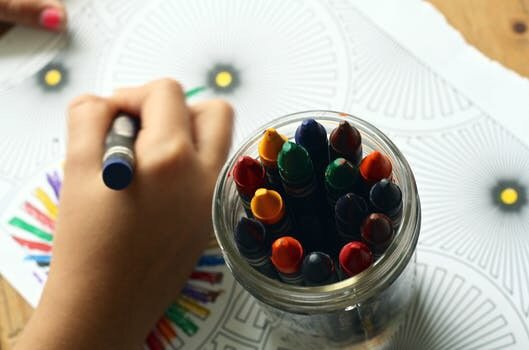
by Sophie Lee 李淑儀 | Aug 5, 2017 | Montessori Learning
Art therapy is a form of expressive therapy that uses the creative process of making art to improve a person’s physical, mental, and emotional well-being.
Art therapy has been shown to benefit people of all ages, including young children. Research indicates art therapy can improve communication and concentration and can help reduce feelings of isolation.
This type of therapy has also been shown to lead to increases in self-esteem, confidence, and self-awareness.
In this sharing session, Dr. Liu will be walking you through Art Therapy tips and best practices to:
-Understand your child’s psychological development progress and needs
-Facilitate the exploration of feelings and decoding your child’s thoughts
Understand the underlying meaning of you child’s drawing
-Support your child to develop interest in creative art making
Date: Wednesday, 19 July 2017
Time: 3-5pm
Venue: Green Meadows Montessori
Speaker:
Dr Liu, Wei-Ping (劉蔚萍博士)(Ph.D.)
State University of New York at Albany,
School of Education, Department of Educational & Counseling Psychology, Division of Special Educatio
碩士(M.S.)
State University of New York at Albany, School of Education, Department of Educational & Counseling Psychology, Division of Educational Psychology & Methodology
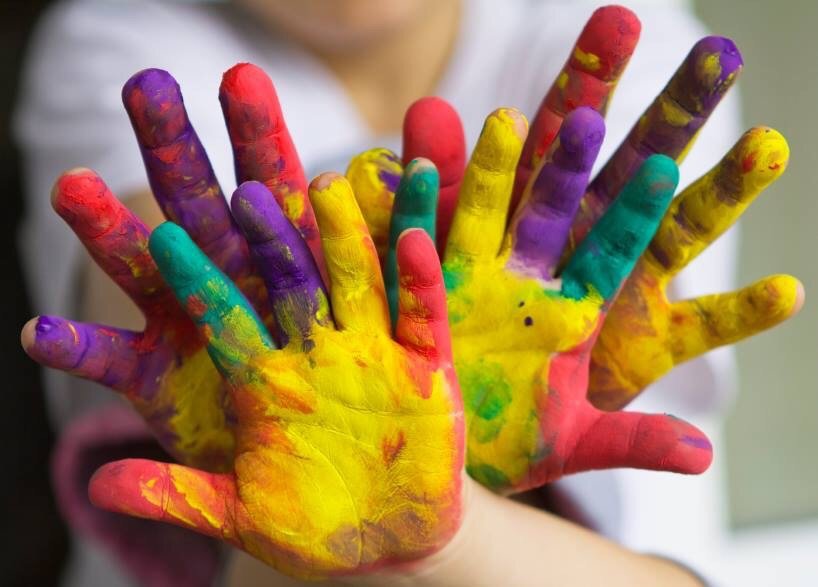
浅谈艺术治疗与应用
从中了解儿童绘画、解码儿童心智
与会者可以:
1)從儿童畫了解幼兒心智發展、幼兒畫畫所需的能力
2)運用評估從幼兒的人物畫分析心智能力
3)老師或家長如何引導幼兒繪畫?
曰期:2017年7月19日(星期三)
时间:3-5pm
地点: Green meadows Montessori
分享者:劉蔚萍博士
樹德科技大學兒童與家庭服務系助理教授
博士(Ph.D.)State University of New York at Albany. USA
Visit TSP Blog to find out more

by Sophie Lee 李淑儀 | Jul 17, 2017 | Montessori Learning

传统的观念,关于女红、缝纫是女生必要掌握的一门手艺。
记得不久前去参观Baba Nyonya 博物馆,还特别强调如果少女缝纫功夫不好,就嫁不出去!
还记得廿几年在台湾第一次进蒙特梭利教室,看到一个小男生的缝工比任何人都要好!不禁叹为观止!
所谓心灵手巧,当孩子的手灵活了,那么他的思维也就自然灵活了。
怎么才能够提高孩子的动手能力呢?
教室内,我们设计了很多工作,抓住孩子的好奇心,给于孩子们充分的学习机会,让他们一而再、再而三地重复练习!顺序渐进的掌握精细的动作,进而引发他们对多方面的学习兴趣。
至于如何提高动手能力的方法?
让孩子接触缝纫是其中一项有趣的工作。
缝纫是一个需要具备多方面能力的活动,特别锻炼孩子手部的精细动作,而且一旦孩子深入到了其中,也水到渠成的培养了他们的的专注力!孩子们也同时学习如何使用针与线。在用针的过程中需要用手腕去控制用针的力度,并准确的找到落针点。对孩子手部能力是一个非常大的锻炼。
此外,为了剪断线头,孩子们也学会应用剪刀。
让孩子提早学会使用剪刀,体验剪各种材质的物品,如软软的布料、脆脆的纸张、硬硬的塑料……等,这对孩子手部力量的控制有很大的帮助,还能够激发孩子大脑的发育。
此外掌握缝纫工,如何搭配图案、如何应用不同颜色的线……对孩子们欣赏与掌握一针一线所带来的美感……也同时让孩子奠下一定的基础。
俗话说:工欲善其事,必先利其器!
如何走这段不寻常路?玩这些看起来危险的东西?如何在孩子年纪还小、幼儿园的阶段让他们应用对的工具呢?
其实这些都不是一蹴而就的,所以建议大家让孩子接触真正的工具前,可以先用安全剪刀、塑料刀具、圆头绣花针、玩具锤子钉子,然后开始慢慢的再过渡,顺序渐进的应用真正的工具。
当孩子的手部动作得到很好的发展以后,将发现孩子到了上小学时,作业完成的速度会特别快,这是因为他的基础工已经在玩中学时,扎扎实实地种下了种子。水到渠成的掌握了一些重要的能力。

Visit TSP Blog to find out more

